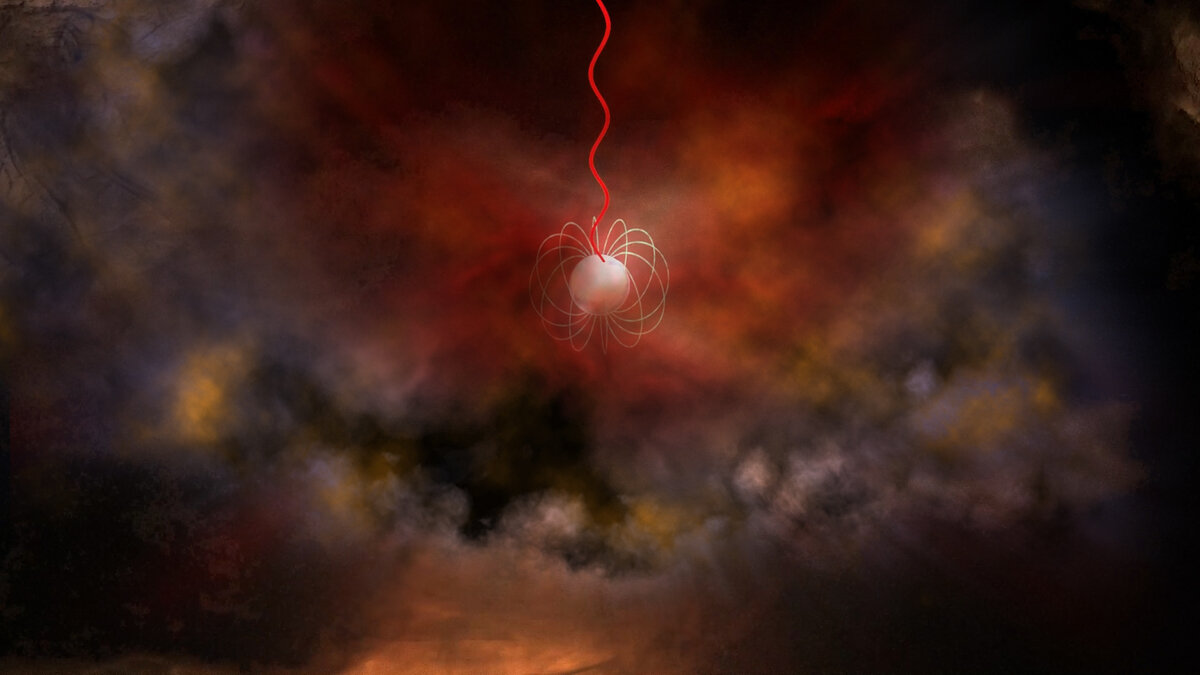Scientists have managed to localize a new source of fast radio pulses. Most likely, it is a pulsar or magnetar located 3 billion light-years away from us. However, new mysteries have emerged.

The source of fast radio pulses in a distant galaxy
Radio astronomers working with a large array of antennas of the Karl Jansky National Science Foundation (VLA) managed to localize the position of the source of fast radio pulses FRB 190520. It was first found using the Chinese 500-meter FAST radio telescope in 2019.
Now scientists have managed to find out that the object that is the source of these pulses is located in a distant dwarf galaxy. The distance to it is 3 billion light years. At the same time, between powerful flashes of radiation, the source creates a lot of weak ones.
The last feature allows comparing the new object with FRB 121102, the position of which was determined in 2016 also using VLA. For a long time, scientists could not understand at all where the mysterious long-period signals were coming from. This source was one of the first to determine the position of which it was possible to begin to speculate about its nature.
Mysterious neutron stars
According to scientists, it is most likely that the source of fast radio pulses is one of the types of neutron stars. These are either very dense pulsars or magnetars. The last are neutron stars with very powerful magnetic fields. Recent studies have allowed us to see processes on them that are very similar to those that could create fast radio pulses.
However, FRB 121102 and FRB 190520 differ from other sources of fast radio pulses in that other activity is observed between the main flashes. This may indicate that they belong to some other type of objects.
Mystery of electrons
Sources of fast radio pulses can be useful to astronomers. The fact is that when such an impulse moves through a medium filled with free electrons, its high-frequency components reach us rather than low-frequency ones. And by the magnitude of the delay, we can determine the distance to the galaxy in which its source is located.
But with FRB 121102 and FRB 190520 it doesn’t work. In particular, the latest source shows that the distance to it is from 8 to 9.5 billion light-years, while astronomers know for sure that the galaxy in which it is located is 3 billion.
Obviously, the dependence is broken due to the environment around the neutron star. According to scientists, in these cases, it may be a newborn and still surrounded by the remnants of a supernova. The ongoing processes remain poorly understood.
According to phys.org
Follow us on Twitter to get the most interesting space news in time
https://twitter.com/ust_magazine

